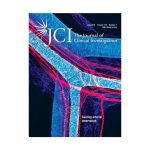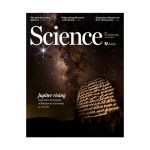Genome-wide Map of Nuclear Protein Degradation Shows NCoR1 Turnover as a Key to Mitochondrial Gene Regulation
André Catic, Carol Y. Suh, Cedric T. Hill, Laurence Daheron, Theresa Henkel, Keith W. Orford, David M. Dombkowski, Tao Liu, X. Shirley Liu, & David T. Scadden
Abstract
Transcription factor activity and turnover are functionally linked, but the global patterns by which DNA-bound regulators are eliminated remain poorly understood. We established an assay to define the chromosomal location of DNA-associated proteins that are slated for degradation by the ubiquitin-proteasome system. The genome-wide map described here ties proteolysis in mammalian cells to active enhancers and to promoters of specific gene families. Nuclear-encoded mitochondrial genes in particular correlate with protein elimination, which positively affects their transcription. We show that the nuclear receptor corepressor NCoR1 is a key target of proteolysis and physically interacts with the transcription factor CREB. Proteasome inhibition stabilizes NCoR1 in a site-specific manner and restrains mitochondrial activity by repressing CREB-sensitive genes. In conclusion, this functional map of nuclear proteolysis links chromatin architecture with local protein stability and identifies proteolytic derepression as highly dynamic in regulating the transcription of genes involved in energy metabolism.





